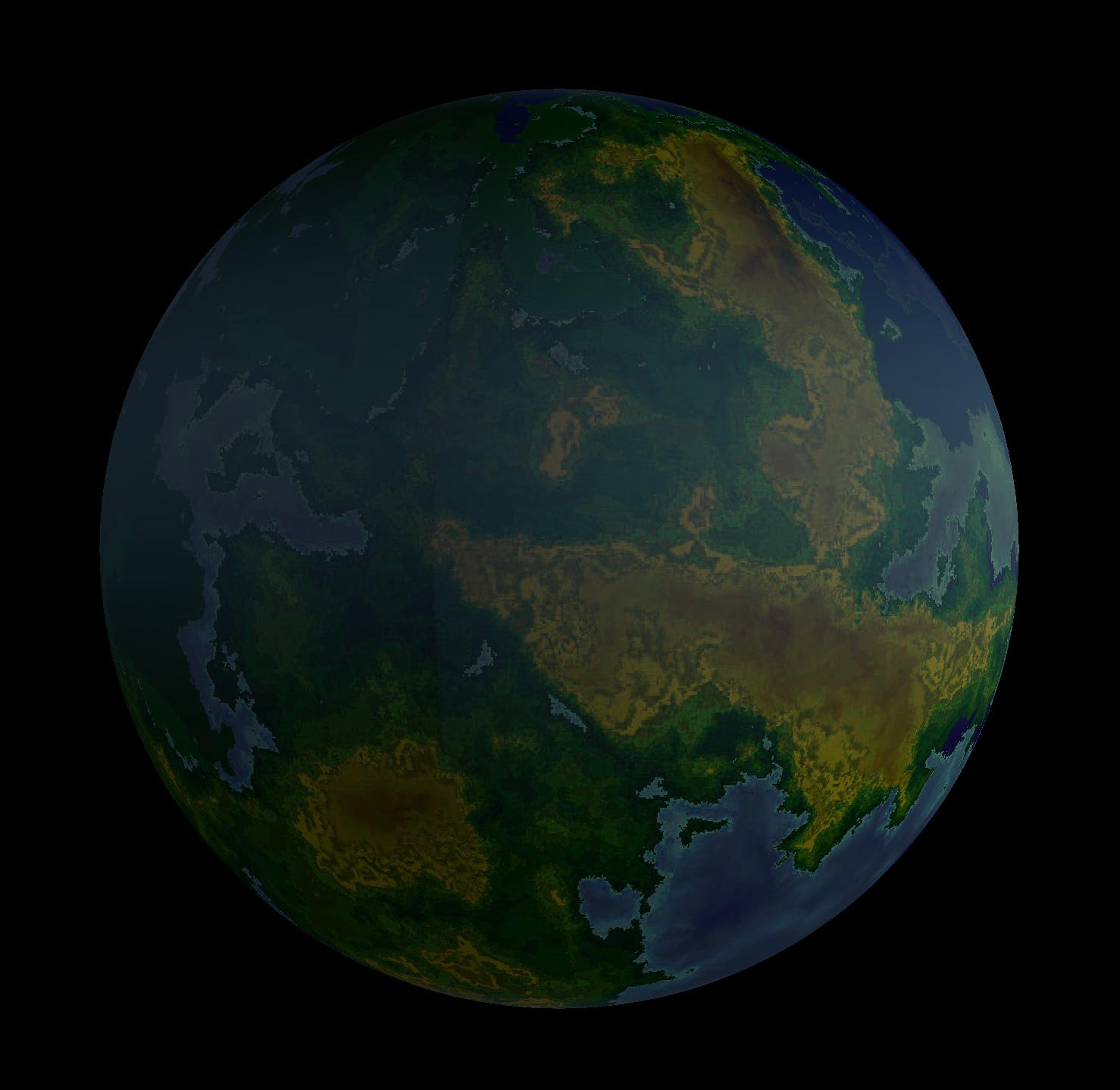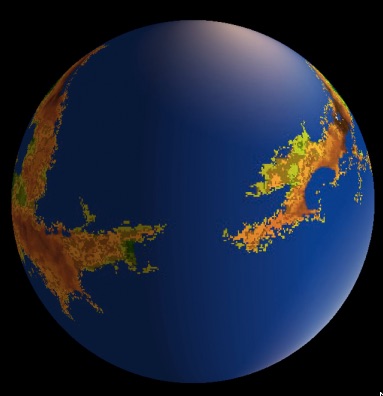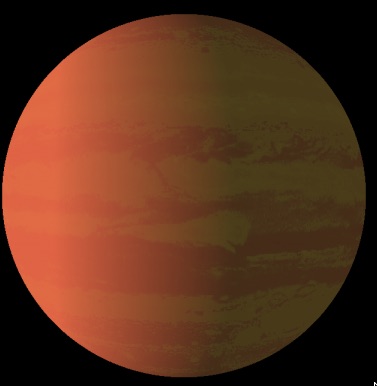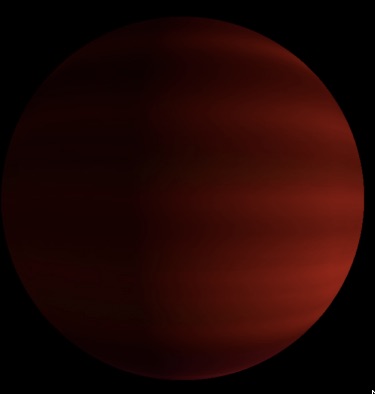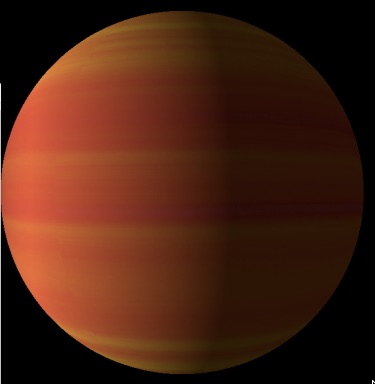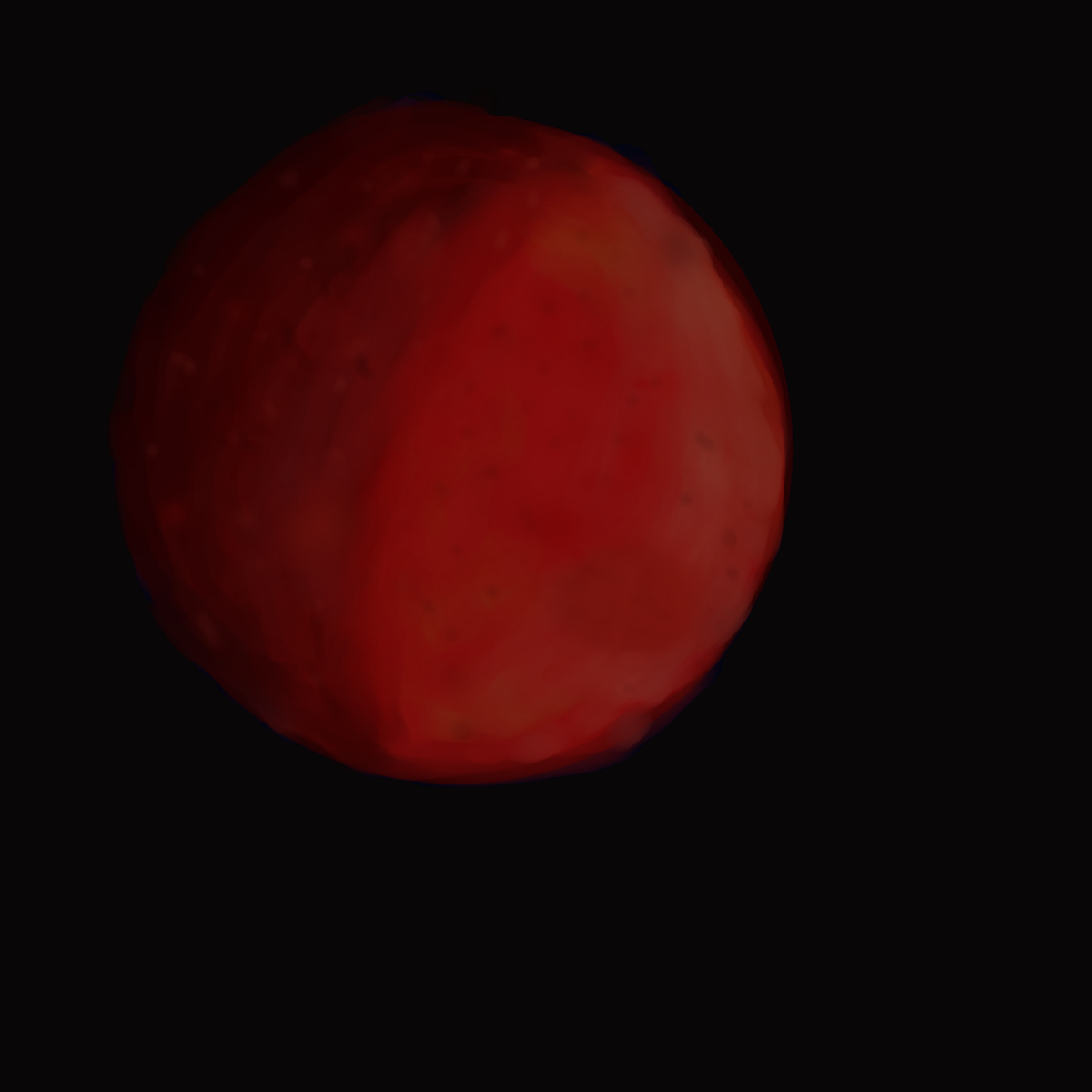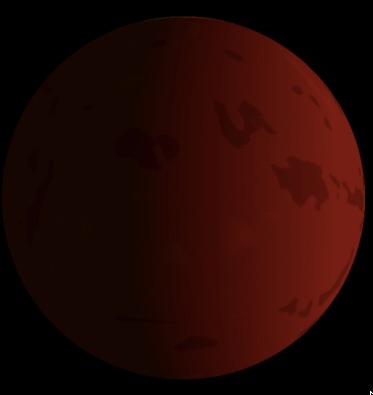Kepler-283 c
Kepler-283 c is located 1741.0 light-years (534 parsecs) from our solar system and was discovered in 2014 orbiting it’s host star Kepler-283. The apparent magnitude of the host star is 13.9 and the absolute magnitude is 5.3. Kepler-283 is about 0.8 the mass of our sun and has about 0.6 the radius. Its surface temperature is 4351 K and is a spectral K5 type star. The planet Kepler-283 c orbits the star every 92.7days, it’s orbital radius is 0.34 SEAU.
According to an announcement from NASA, this planet is located in the habitable zone. ExoKyoto has come up with the same conclusion. Kepler-283 c is the only habitable planet in which superflares from the host star (Kepler-283) were observed during observation with the Kepler Space Telescope. Based on this, the estimated radiation exposure dose was calculated for various cases, taking into account the frequency of flares, but the doses were level and none caused problems (Yamashiki et al. 2019 ApJ).
A second planet, Kepler-283 b, has also been found in the Kepler-283 solar system, which is a Hot Jupiter located inside the habitable zone.
For more information on Kepler-283 c, please visit the ExoKyoto database page below. http://www.exoplanetkyoto.org/exohtml/Kepler-283_cJP.html
